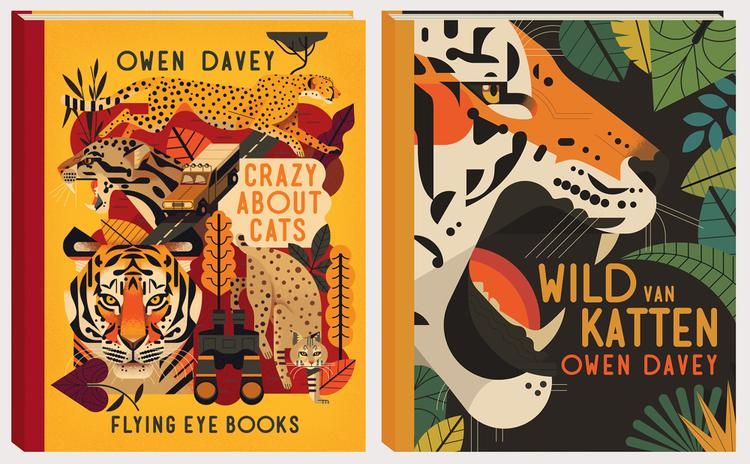Identifying the features of a non-fiction text with 'Crazy about Cats'
I can identify the features of a non-fiction text.
Identifying the features of a non-fiction text with 'Crazy about Cats'
I can identify the features of a non-fiction text.
These resources will be removed by end of Summer Term 2025.
Switch to our new teaching resources now - designed by teachers and leading subject experts, and tested in classrooms.
These resources were created for remote use during the pandemic and are not designed for classroom teaching.
Lesson details
Key learning points
- The purpose of a non-fiction text is to inform, explain, or provide factual information about a particular topic/subject
- There are several features that non-fiction texts have in common.
- An index in a non-fiction text allows readers to quickly locate specific topics, terms, or concepts.
Keywords
Features - The features of a text type refer to distinctive characteristics that belong to it.
Peritext - The peritext is the elements around a book, including its cover, title and blurb.
Paratext - The paratext is the elements within the text, including index and glossary; they are not part of the main text.
Purpose - The purpose of a text refers to the reason it was written and the desired impact.
Layout - The layout of a text refers to the way the information is organised on the page.
Common misconception
Pupils may use the terms peritext and paratext interchangeably.
It can be helpful to think of the peritext as everything on the ‘outside’ of the book, the paratext as extra information 'inside' the book.
To help you plan your year 5 english lesson on: Identifying the features of a non-fiction text with 'Crazy about Cats', download all teaching resources for free and adapt to suit your pupils' needs...
To help you plan your year 5 english lesson on: Identifying the features of a non-fiction text with 'Crazy about Cats', download all teaching resources for free and adapt to suit your pupils' needs.
The starter quiz will activate and check your pupils' prior knowledge, with versions available both with and without answers in PDF format.
We use learning cycles to break down learning into key concepts or ideas linked to the learning outcome. Each learning cycle features explanations with checks for understanding and practice tasks with feedback. All of this is found in our slide decks, ready for you to download and edit. The practice tasks are also available as printable worksheets and some lessons have additional materials with extra material you might need for teaching the lesson.
The assessment exit quiz will test your pupils' understanding of the key learning points.
Our video is a tool for planning, showing how other teachers might teach the lesson, offering helpful tips, modelled explanations and inspiration for your own delivery in the classroom. Plus, you can set it as homework or revision for pupils and keep their learning on track by sharing an online pupil version of this lesson.
Explore more key stage 2 english lessons from the 'Crazy about Cats': reading unit, dive into the full secondary english curriculum, or learn more about lesson planning.

Licence
Starter quiz
6 Questions


responsible for crafting the words in a text
responsible for creating the pictures or artwork in a text
using clues from within the text to draw conclusions
finding key details or information in the text
Exit quiz
6 Questions
refer to distinctive characteristics that belong to a text
elements around a book, including its cover, title and blurb
refers to the reason it was written and the desired impact
elements within the text, including index and glossary
refers to the way the information is organised on the page



